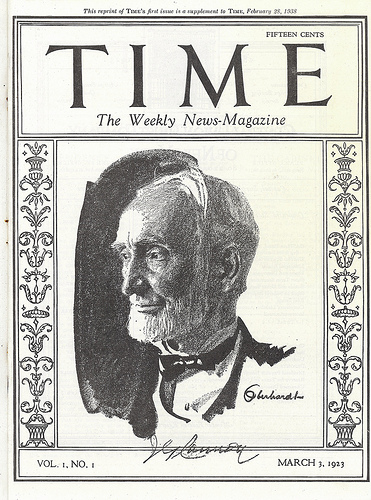Oil is first discovered in Saudi Arabia.

By the early 1930s, geologists had a good idea that there was oil under the sands of the newly-formed kingdom of Saudi Arabia.
Oil had been found in Persia in 1908, and wells had been producing in Iraq since 1927. In 1932, Bahrain stuck oil. So in 1933, Standard Oil of California was granted the right to prospect for oil in Saudi Arabia’s eastern provinces.
In May 1936, the ‘Dammam 2’ well struck oil. But soon it was producing more water than oil. It took five more years of looking, but on 3 March 1938, the ‘Dammam 7’ well struck oil. Within three weeks, it had produced over 100,000 barrels.
At first, the oil was transported by barge to Bahrain for export. Then, in 1939, the first tanker-load of oil was exported direct from Saudi Arabia. And by 1950, the Trans-Arabia pipeline was completed, enabling oil to be piped to Lebanon for export.
Socal and the Saudi government formed a company to exploit the newly-found reserves – the California Arabian Standard Oil Company, which would eventually become the Arabian-American Oil Company.
The Kingdom was paid an annual fee of £5,000, a four-shilling royalty per barrel, and a free supply of products form Aramco’s refinery.
Soon, however, the Saudis realised they weren’t getting a particularly good deal out of the arrangement. So in 1950, it was amended to give them a 50% split of the profits. With the world’s largest reserves, this proved to be a tidy little money-spinner for them.
By 1980, Aramco passed into the hands of the Saudi Government, and in 1988 it was renamed Saudi Aramco.
It owns and exploits all the kingdom’s energy reserves, including the Ghawar and Safaniya fields, the world’s largest onshore and offshore oil fields respectively. It is the biggest energy company in the world, valued at well over £3.6trn, with daily revenues of over $1bn.
It currently produces around ten million barrels of oil a day, from reserves estimated at 268 billion barrels. It also has natural gas reserves of over 283 trillion cubic feet.



